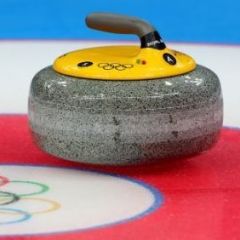-
Topics Being Discussed Right Now on The Sand Trap
-
- 6,560 replies
- 252,892 views
-
"5 Minutes Daily" Practice Challenge 1 2 3 4 838
By iacas, in Instruction and Playing Tips
- 5 minutes daily
- dedication
- (and 6 more)
- 15,066 replies
- 907,293 views
-
- 2,168 replies
- 241,259 views
-
- 1 reply
- 116 views
-
- 59 replies
- 4,171 views
-








Recommended Posts